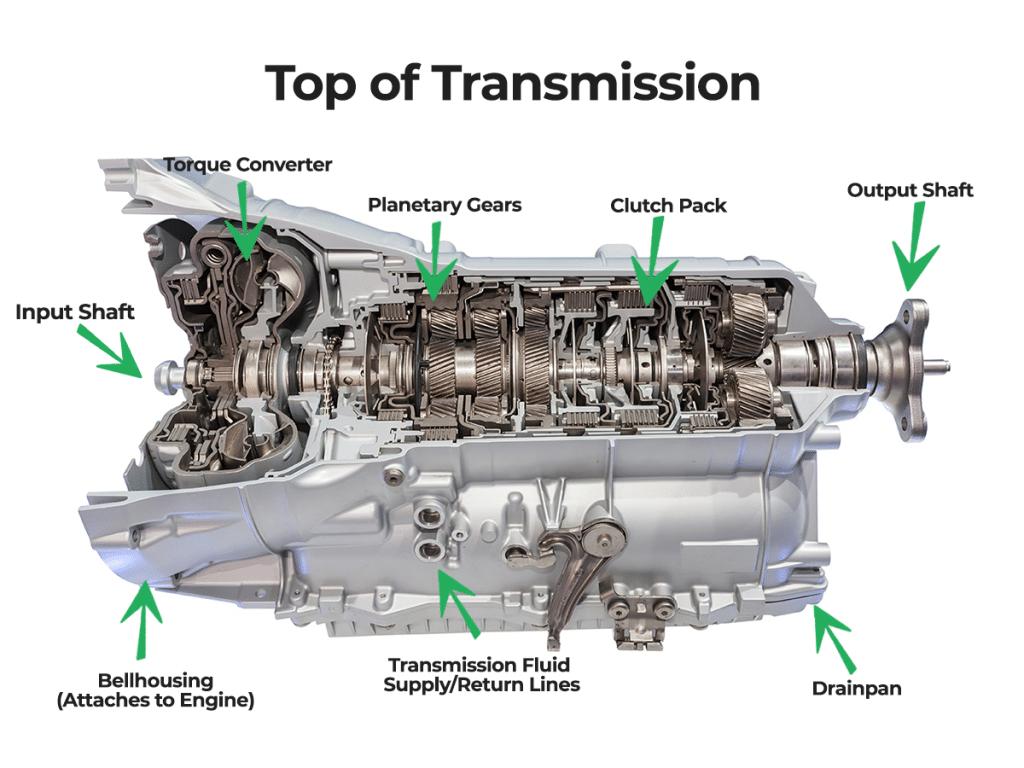Meaning in communication
Definition
In telecommunications, transmission is sent through physical point-to-point or point-to-multipoint transmission media (wired, optical fiber or wireless) And the process of disseminating analog or digital information signals.
A signal, message, or any kind of information distributed by the sender for acceptance elsewhere. Signal propagation through various means, such as telegraph, telephone, radio, television, or telephone facsimile via any medium, such as wire, coaxial cable, microwave, optical fiber, or radio frequency.
In general information theory, transmission is used to represent the entire process of information communication via channels.
For example, data block or packet, telephone or email. Transmission technologies and solutions usually involve physical layer protocol tasks, such as modulation, demodulation, line coding, equalization, error control, bit synchronization, and multiplexing, but the term may also involve higher layer protocol tasks, such as digitizing analog message signals And data compression.

The transmission of digital information or digitized analog signals is called digital communication.
Data transmission leading technology
The data transmission technology defined by the MAC layer protocol is divided into leading technology and auxiliary technology. The leading technology is divided into event-triggered bus contention technology and The time-triggered token control technology directly determines the medium access control mechanism. The auxiliary technology must be used in conjunction with the dominant technology, but it is also an important factor that affects the network delay characteristics. The following focuses on several representative leading and auxiliary technologies and their respective characteristics and scope of application, and analyzes the technical composition of several commonly used NCS protocols: (1) CSMA technology
CSMA (Carrier Sense Multiple Access) is a kind of bus contention technology. This medium control method does not have any scheduled transmission time for any node. The node transmission is random (or triggered by an event). When two nodes send data to the bus at the same time, a competition rule is required. CSMA stipulates that any node that wants to send data first monitors whether the bus is free, if it is free, it can send, if the bus is busy, it needs to wait for a period of time before resending. When monitoring the bus and deciding whether to send, three backoff algorithms can be used: 1) non-persistent algorithm; 2) 1-persistent algorithm; 3) P-persistent algorithm.
CSMA technology is simple to implement and can respond to burst data in time, but does not consider the time limit of periodic data. Even if the deadline requirement is met, the random contention channel makes the delay uncertainty very large, so It is considered to be an uncertain transmission technology. To be used in measurement and control, it must be combined with other technologies or improved. Its typical application is the LonWork protocol of Ethernet and fieldbus, and the CAN protocol also uses improved CSMA technology.
(2) Token polling technology
Token polling technology, also known as distributed token technology, is a time-triggered media access control mechanism, mainly used In a multi-master system. Its basic working principle is: there are independent tokens in the bus, which are cyclically transmitted in the logic ring formed by the master station. The master stations obtain the scheduling rights of the token through a certain logic scheduling algorithm, and then it initiates the transfer of the token to other masters. The principle of communication between stations or subordinate stations is shown in Figure "Token Polling Technology". The most representative protocol of this technology is Profibus.
Token polling technology meets the different real-time requirements of periodic data through task scheduling, that is, there are static pre-arrangements and dynamic adjustments. Its advantage is that the periodic task has good real-time performance and has a definite or predictable maximum network delay. The main disadvantage is that it cannot handle emergencies. In order to overcome this problem, a bandwidth reservation method has emerged, which uses any idle processing capacity (not used by periodic tasks) for non-periodic tasks, which not only guarantees the real-time performance and delay determinism of periodic data, but also achieves Quick response to emergencies.
(3) Centralized token technology
This technology is also a time-triggered media access control mechanism. The basic idea is: only one node on the bus has the right to arbitrate the bus. The internal task schedule instructs other nodes to send corresponding information on time; after a certain node is instructed, it obtains the right to use the channel, sends the specified data in the buffer to the bus, and is received by one or some nodes; sending node and receiving The relationship between nodes is set by configuration. [ ST), scan the ST continuously while running, and send the right to use the channel. The advantage of this technology is that it has more accurate periodic data response time and deterministic maximum network delay than token polling. The disadvantage is that it cannot handle emergencies. The solution is to give up control in the remaining time of ST, so that other nodes have the opportunity to transmit burst data. The typical representative protocols of this technology are WorldFIP and FF, and their arbitration nodes are called bus arbiter (BA) and active link scheduler (LAS) respectively.
